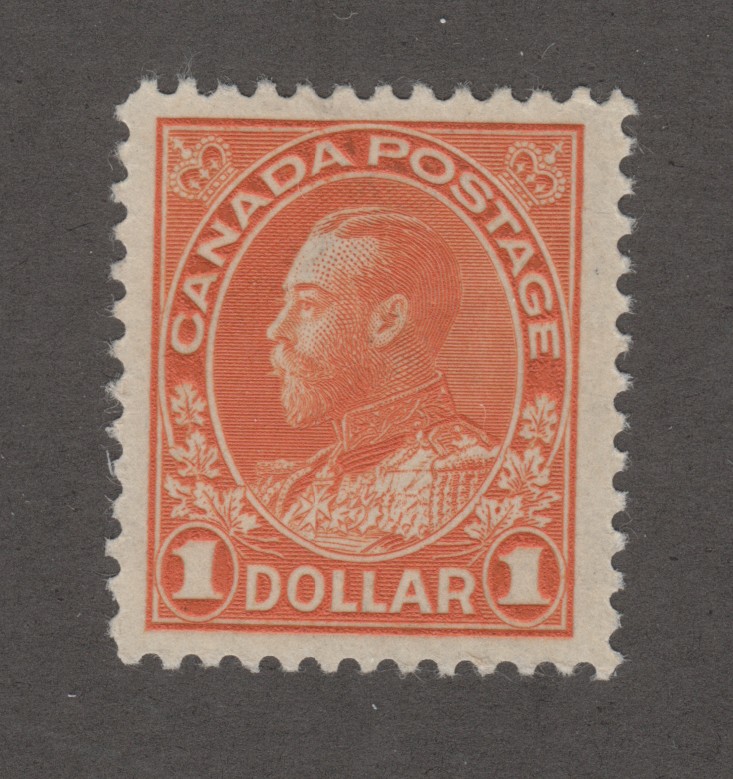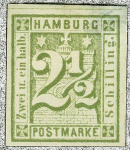
Discussion - Member to Member Sales - Research Center

Discussion - Member to Member Sales - Research Center

In the German-speaking area, the part of East Prussia that was separated from Germany in the interwar period is referred to as the Memelland or Memel area (Lithuanian Klaip?dos kraštas),
that was north of the Memel or its delta arm Skierwieth (Skirvyt?), as well as the corresponding part of the Curonian Spit.
According to Article 99 of the Versailles Treaty of 1919, Memelland was ceded to the Allied Powers with effect from January 10, 1920, without a referendum.
From early 1920 to early 1923 it was administered by France as its representative.
The 2,656.7 km² territory was about 140 km long and up to 20 km wide.
In 1925, 72.5% of the more than 140,000 residents described themselves as Germans or “cultural Germans” (16% bilingual) and 27.5% as Lithuanians.
The largest city was Memel (Klaip?da) with 40,000 inhabitants (1931 11% Lithuanian), followed by Heydekrug (Šilut?) with 5,000 inhabitants and Pogegen (Pag?giai) with 2,800 inhabitants.
From January 10, 1923, during the occupation of the Ruhr area by France and Belgium, the French occupation force withdrew from "local insurgents", who were actually commissioned by the Lithuanian government and had infiltrated from Lithuania.
The League of Nations recognized the subsequent annexation of the Memel area by Lithuania on May 8, 1924 in the Memel Convention.
This gave Lithuania access to the Baltic Sea through German-speaking territory.
On March 20, 1939 (a few days after the destruction of Czechoslovakia), the German Foreign Minister Joachim von Ribbentrop requested that Lithuania be returned to Germany in the ultimatum.
Lithuania did so on March 22nd.
In 1945, towards the end of World War II, the Memelland was conquered by the Red Army in the Battle of East Prussia (January 13 to April 25); the city of Memel fell on January 28, 1945.
Soon after, it was joined to the Lithuanian SSR, Soviet Union (USSR).

1 Member
likes this post.
Login to Like.
Memel area

On the basis of Article 99 of the Versailles Treaty, the area north of the Memel Stream or Russ' and the corresponding part of the Curonian Spit was ceded from Germany to the Allied Powers.
From the beginning of 1920 to the beginning of 1923, the Memel region was administered by France (as a representative of the Allied Powers).
January 1923 saw the military occupation of the Memel area by Lithuania and on January 24 the post was temporarily placed under the Lithuanian Ministry of Transport.
On February 16, the Ambassadorial Conference approved the annexation of the area to Lithuania under the assurance of autonomous administration.
On April 16, 1923 the Litas currency was introduced. On May 26, 1923, the Memel Convention became final.
The Memeler Post finally passed to Lithuania. On June 1, 1923, no more Memel stamps were sold; existing stocks were allowed to be used up by the end of August.
From March 23, 1939 stamps of the German Empire, Lithuanian stamps until March 31, 1939 still permitted.
Mixed postage very sought after!
Spring 1943 occupied by the USSR.
Currency:
1 mark (M) = 100 pfennig (Pf)
From April 16, 1923: 1 litas = 100 cents (ai)
From March 30, 1939: 1 Reichsmark (RM) = 100 Reichspfennig

1 Member
likes this post.
Login to Like.







2 Members
like this post.
Login to Like.






2 Members
like this post.
Login to Like.




1 Member
likes this post.
Login to Like.

The last serie from 1939

2 Members
like this post.
Login to Like.

Memelland
In the German-speaking area, the part of East Prussia that was separated from Germany in the interwar period is referred to as the Memelland or Memel area (Lithuanian Klaip?dos kraštas),
that was north of the Memel or its delta arm Skierwieth (Skirvyt?), as well as the corresponding part of the Curonian Spit.
According to Article 99 of the Versailles Treaty of 1919, Memelland was ceded to the Allied Powers with effect from January 10, 1920, without a referendum.
From early 1920 to early 1923 it was administered by France as its representative.
The 2,656.7 km² territory was about 140 km long and up to 20 km wide.
In 1925, 72.5% of the more than 140,000 residents described themselves as Germans or “cultural Germans” (16% bilingual) and 27.5% as Lithuanians.
The largest city was Memel (Klaip?da) with 40,000 inhabitants (1931 11% Lithuanian), followed by Heydekrug (Šilut?) with 5,000 inhabitants and Pogegen (Pag?giai) with 2,800 inhabitants.
From January 10, 1923, during the occupation of the Ruhr area by France and Belgium, the French occupation force withdrew from "local insurgents", who were actually commissioned by the Lithuanian government and had infiltrated from Lithuania.
The League of Nations recognized the subsequent annexation of the Memel area by Lithuania on May 8, 1924 in the Memel Convention.
This gave Lithuania access to the Baltic Sea through German-speaking territory.
On March 20, 1939 (a few days after the destruction of Czechoslovakia), the German Foreign Minister Joachim von Ribbentrop requested that Lithuania be returned to Germany in the ultimatum.
Lithuania did so on March 22nd.
In 1945, towards the end of World War II, the Memelland was conquered by the Red Army in the Battle of East Prussia (January 13 to April 25); the city of Memel fell on January 28, 1945.
Soon after, it was joined to the Lithuanian SSR, Soviet Union (USSR).

1 Member
likes this post.
Login to Like.

re: Memelgebiet / Memel Territory
Memel area

On the basis of Article 99 of the Versailles Treaty, the area north of the Memel Stream or Russ' and the corresponding part of the Curonian Spit was ceded from Germany to the Allied Powers.
From the beginning of 1920 to the beginning of 1923, the Memel region was administered by France (as a representative of the Allied Powers).
January 1923 saw the military occupation of the Memel area by Lithuania and on January 24 the post was temporarily placed under the Lithuanian Ministry of Transport.
On February 16, the Ambassadorial Conference approved the annexation of the area to Lithuania under the assurance of autonomous administration.
On April 16, 1923 the Litas currency was introduced. On May 26, 1923, the Memel Convention became final.
The Memeler Post finally passed to Lithuania. On June 1, 1923, no more Memel stamps were sold; existing stocks were allowed to be used up by the end of August.
From March 23, 1939 stamps of the German Empire, Lithuanian stamps until March 31, 1939 still permitted.
Mixed postage very sought after!
Spring 1943 occupied by the USSR.
Currency:
1 mark (M) = 100 pfennig (Pf)
From April 16, 1923: 1 litas = 100 cents (ai)
From March 30, 1939: 1 Reichsmark (RM) = 100 Reichspfennig

1 Member
likes this post.
Login to Like.

re: Memelgebiet / Memel Territory







2 Members
like this post.
Login to Like.

re: Memelgebiet / Memel Territory






2 Members
like this post.
Login to Like.

re: Memelgebiet / Memel Territory




1 Member
likes this post.
Login to Like.

re: Memelgebiet / Memel Territory

The last serie from 1939

2 Members
like this post.
Login to Like.

